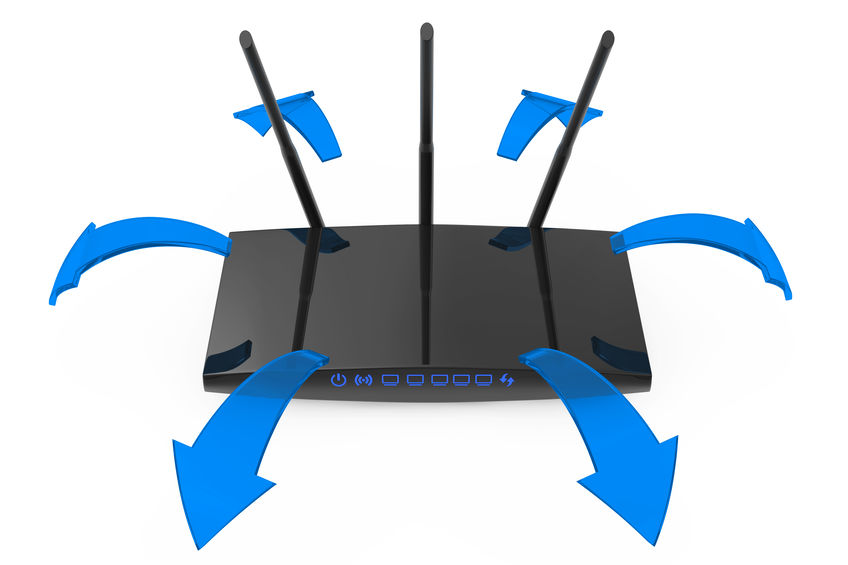IPv4 and IPv6 are two different versions of Internet protocol (IP). For that reason, it is important to understand what are the differences between them. So, let’s explain a little bit more!
Internet Protocol (IP) – What is it?
Internet protocol, or as we know it, more popular as IP, establishes a group of communication rules which control the format of the information transferred among the networks or the Internet.
Thanks to the IP, it is easy to set the most suitable structures for packets to transport data until they are delivered. In addition, it includes several methods for addressing, and it routes datagrams across networks. Therefore, the transportation of data packets from their origin to their target destination depends on IP addresses.
When it comes to connections on the Internet, it is crucial to know who is requesting some data and who is supposed to provide the information, like routers, websites, servers, Internet of Things, and so on. IP addresses serve for identifying and connecting with the machines, devices, servers. That makes it possible to achieve communication and exchange of information.









